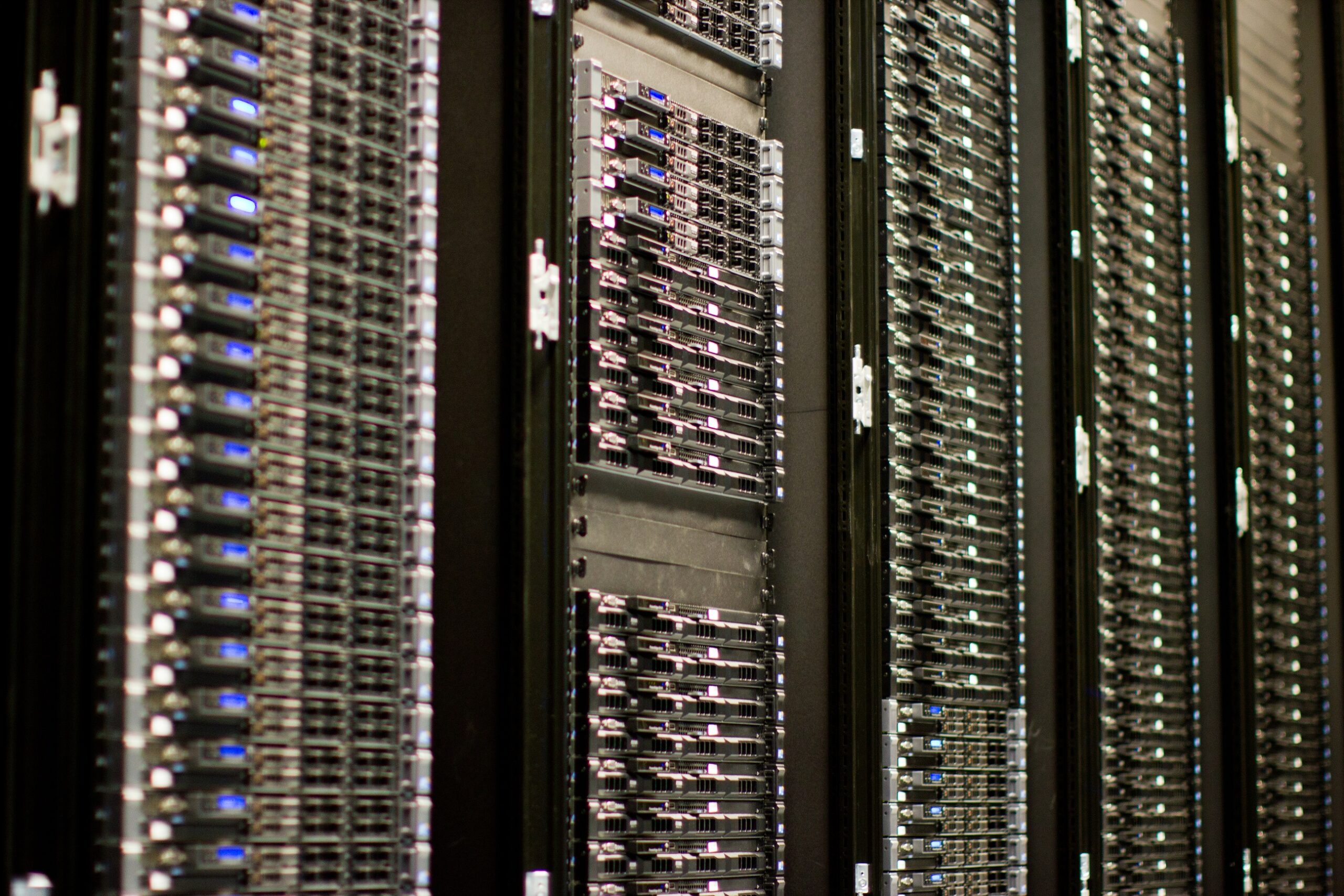
A server is defined as a computer or computer program which manages access to a centralised resource or service in a network. Put simply, a server is an instance of a computer program that responds to requests made by another program known as a client.
The word ‘server’ dates back to the mid 20th century and originates from queuing theory, which is the mathematical study of waiting lines of queues. The use of the word server in computing was first seen in documents describing ARPANET, the predecessor of the Internet, in 1969.
Servers work as part of the client-server model, a model which denotes the serving of data for clients. This reflects the purpose of a server which is to share data, distribute work and share resources. Almost the entire Internet is based on the client-server model, with millions of servers connected to the Internet running continuously across the world. The client-server model sits in contrast to peer-to-peer where the relationship is on-demand reciprocation.
There are a number of ways in which a server can be used, with some servers committed to specific, or dedicated, task. For example, an Application Server hosts web apps so that network users can run and use them without needing to install a copy of the computer programme on their computers. Web Servers, on the other hand, host web pages, and File Servers share files and folders over a network.
Servers are an integral part of any IT infrastructure, delivering services that are required constantly. Due to this constant demand, many servers are never turned off, with any fault or outage on a server causing major problems to network users and business.
Due to the business critical nature of servers, the hardware used in enterprise servers must be very fault tolerant and use specialised hardware with low failure rates. Use of uninterruptible power supplies may be used to protect against power failure, while components might be hot swappable to protect against overheating. This type of large, enterprise-grade servers are usually housed in data centres which normally have stable power and increased security.
When it comes to operating systems, the dominant operating systems seen on the internet include Linux, FreeBSD and Windows Server – mainly UNIX-like open source distributions.







